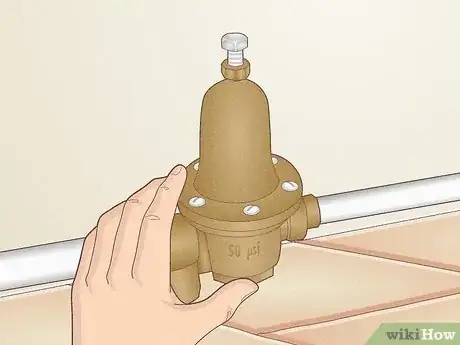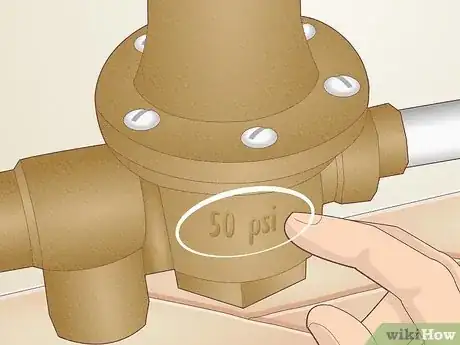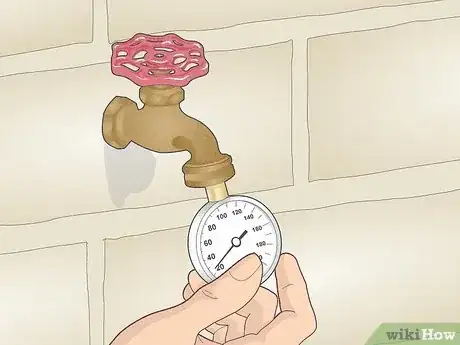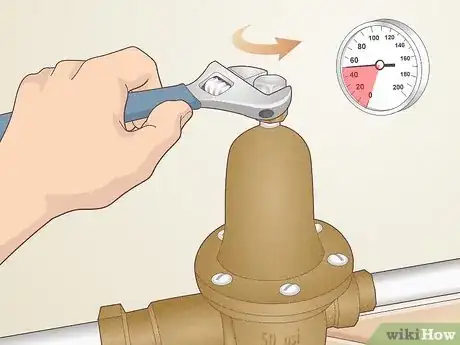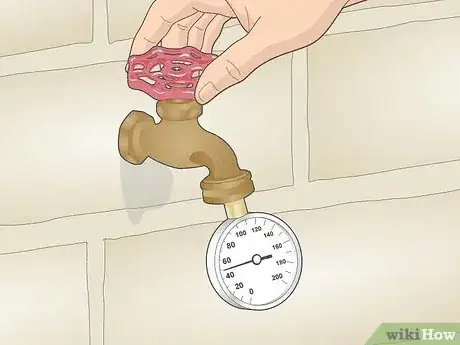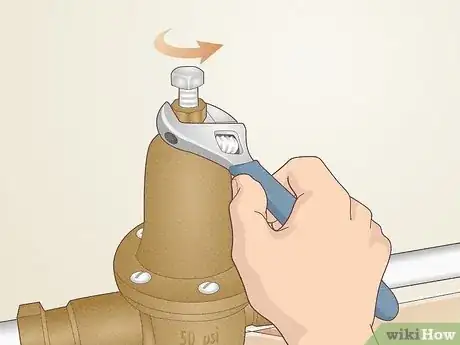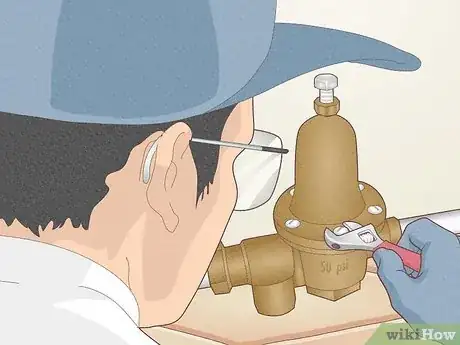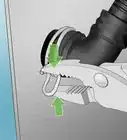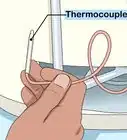This article was co-authored by Dave Jones and by wikiHow staff writer, Hannah Madden. Dave Jones is a Professional Plumber and the Midwest Regional Vice President at Roto-Rooter Plumbing & Water Cleanup. In 1992, Jones joined Roto-Rooter as a drain service technician at the age of 18. Since then, he has risen through the ranks into positions of increasing authority. Dave served as general manager of Roto-Rooter’s Charlotte, North Carolina, and Atlanta, Georgia branches before being promoted to Contractor Area Manager and later to Regional Vice President. Dave holds Master Plumber Licenses in Pennsylvania, North Carolina, and Georgia.
This article has been viewed 20,514 times.
Is the water pressure in your home just barely a trickle? Or, maybe the pressure is too high, and it’s causing issues with your appliances. Fortunately, adjusting the water pressure in your home is easy to do yourself, and it only requires a few tools that you probably already own. In this article, we’ll tell you exactly how to adjust your water pressure regulator for the perfect water pressure in your home.
Steps
Find the water pressure regulator on your supply line.
-
Look for the regulator on the line that supplies water to your home. Usually, this line comes in through the basement or the crawlspace, or wherever your water heater is stored. The water pressure regulator is a bell-shaped piece of hardware that’s attached to the main water line.[1] X Research source
- The water pressure regulator is used to lower the water pressure as it comes into your home. Most urban water lines start at 150 to 200 pounds per square inch (psi), which is way too much pressure for a residential home.
Check out the specifications on the water pressure regulator.
-
The label on the regulator will tell you the ideal psi for your home. After you find the water pressure regulator, take a moment to read the label on the side or the back. Write down the optimal psi, which is usually between 40 and 60. This will give you a guideline for how low or high you want to adjust your own water pressure.[2] X Research source
- Setting your water pressure too high can lead to leaking pipes and even explosions. Be sure your water pressure stays within the optimal psi to avoid any damages to your home.
Attach a water pressure gauge to an outdoor faucet.
-
Use a water pressure gauge to find the current pressure in your home. You can buy a water pressure gauge online, or you can find them at your local hardware store. Attach the gauge to a threaded faucet, like an outdoor hookup or a utility sink. Run the tap for about 30 seconds, and then write down the pressure on the gauge.[3] X Research source
- For residential homes, optimal water pressure is usually between 40 to 50 psi. If yours is above 50, you can lower it; if it’s below 50, you can raise it.
Loosen the locknut with a wrench.
-
Unscrew the top locknut to access the adjusting bolt. Take a look at the water pressure regulator: you’ll notice a locknut at the very top. Grab a wrench or a pair of pliers and turn the locknut clockwise to loosen it.[4] X Research source
- Old locknuts tend to loosen over time. If you notice that your water pressure is really high, it may be because your locknut is loose. You can replace it with a new locknut to tighten your adjusting bolt if you need to.
Turn the bolt clockwise to increase the pressure.
-
Use a wrench to loosen the bolt. If your goal is to increase your water pressure, grab a wrench and place it around the adjusting bolt. Turn it clockwise in short quarter turns to adjust the pressure little by little.[5] X Research source
- It’s better to adjust slowly than trying to increase the pressure too quickly. You can always go back and increase the water pressure more if you need to.
Turn the bolt counterclockwise to reduce the pressure.
-
Use a wrench to tighten the bolt to reduce pressure. Place your wrench around the adjusting bolt, then slowly tighten it in quarter turns to reduce your water pressure. Go slowly to adjust the pressure little by little.[6] X Research source
Check the water pressure gauge again.
-
Look at your water pressure gauge to see how much it changed. Once you’ve made your adjustments, head back to the tap that has your water pressure gauge and run the water for about 30 seconds. If your pressure is where it needs to be, then you’re good to go![7] X Research source
- If you need to make a few more adjustments, turn the tap off and use your wrench to tighten or loosen the adjusting bolt again.
Tighten the locknut to secure the water pressure regulator.
-
Secure the adjusting bolt in place with the locknut. Once your water pressure is right where you want it to be, use a wrench or pliers to turn the locknut counter clockwise to tighten it again. Keep turning the locknut until it just barely touches the top of the adjusting bolt to keep it in place.[8] X Research source
- Pressing the locknut and the bolt head too close together can damage them.
Call a professional if your water pressure doesn’t change.
-
You may need a professional plumber’s help if your regulator is broken. Sometimes, low or high water pressure can indicate a problem within your water main. If you’ve adjusted your water pressure regulator and it fluctuates, drops, or raises on its own, call a plumber to come out and take a look.[9] X Research source
- You may also need to replace your water pressure regulator. A professional can determine how old it is and if it needs to be replaced.
You Might Also Like
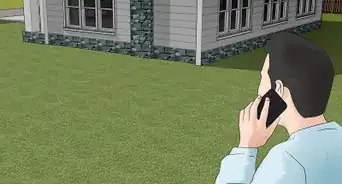
 How to Remove Every Kind of Hose Clamp (Spring, Pinch, Washing Machine, and More)
How to Remove Every Kind of Hose Clamp (Spring, Pinch, Washing Machine, and More)
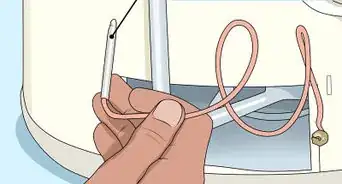
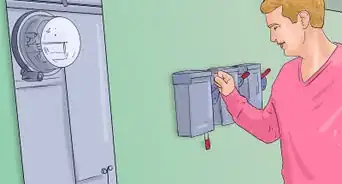
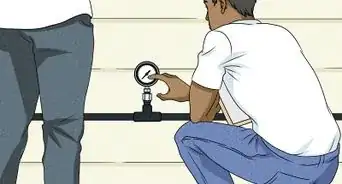 How to Safely Install a Gas Line
How to Safely Install a Gas Line

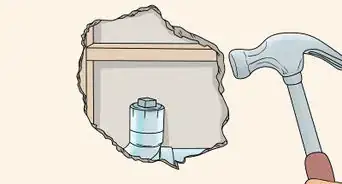
 9 Ways to Eliminate Sewer Odor
9 Ways to Eliminate Sewer Odor
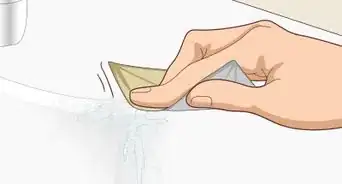
 How to Tell If Your Septic Tank Is Full
How to Tell If Your Septic Tank Is Full

 The Beginner's Guide to Pipe Cutters: Materials, Turning, When to Use, and More
The Beginner's Guide to Pipe Cutters: Materials, Turning, When to Use, and More

References
- ↑ https://www.eid.org/customers/maintenance/how-to-adjust-water-pressure
- ↑ https://www.zurn.com/media-library/web_documents/pdfs/installation/isnr3-pdf
- ↑ https://www.thisoldhouse.com/plumbing/21193442/improve-water-pressure-on-city-water
- ↑ https://www.thisoldhouse.com/plumbing/21193442/improve-water-pressure-on-city-water
- ↑ https://www.thisoldhouse.com/plumbing/21193442/improve-water-pressure-on-city-water
- ↑ https://www.zurn.com/media-library/web_documents/pdfs/installation/isnr3-pdf
- ↑ https://www.popularmechanics.com/home/a34437916/how-to-increase-your-water-pressure/
- ↑ https://www.popularmechanics.com/home/a34437916/how-to-increase-your-water-pressure/
- ↑ https://www.popularmechanics.com/home/a34437916/how-to-increase-your-water-pressure/
About This Article

